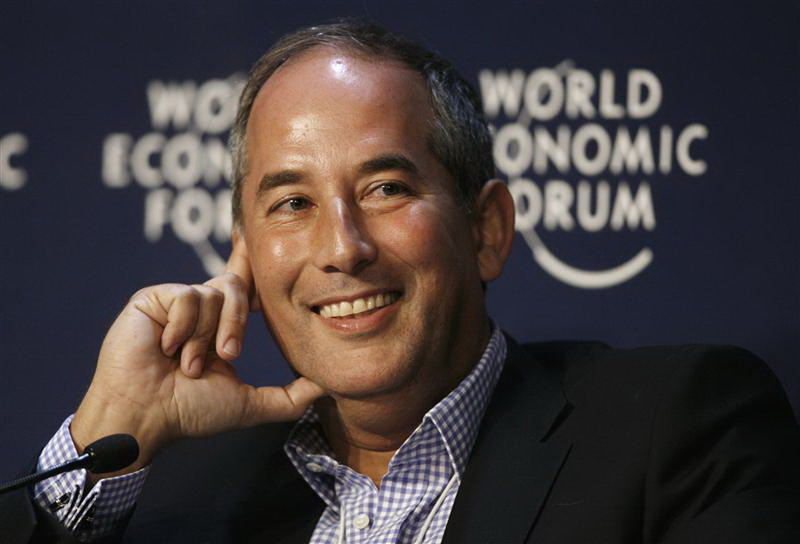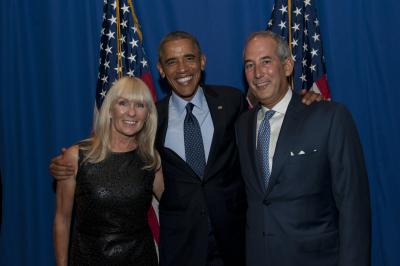This got me thinking. Is the news zipper now operated by Dow Jones a metaphor for the broader drowning-out of mainstream media by the clutter of a new digital "Times Square." A crossroads of emails tweets facetimes blogs skypes 4 square check-ins etc. How should we discover what is meaningful? In an era in which anyone and everyone can be a publisher who publishes anything of value? Will we all need personal "curators" to show us what to read?
This of course is not a new thought. Speakers’ Corner that great metaphor for freedom of expression and that actual platform for reaching a London public has also lost its megaphone among the honky tonk of Marble Arch. In the US a string of Supreme Court cases once sought to establish a right to speak in privately-owned shopping malls arguing that these modern indoor spaces were the functional equivalent of public soap boxes. In general no such right was recognized.
On the internet as in digital Times Square we are again confronted with the choice between public free speech and private property rights. Since we can all be publishers and so many of us choose to be who can find us? A few thousand of you ever read this blog swelled by Thomson Reuters employees and the occasional industrious journalist. How could I compete if I wished to with brands that spend millions to attract eyeballs?
As always brand matters. Some will complain that this means that the moneyed interests will once again carry the day; or the most loud or shrill. I am more optimistic. Reputation standards and track record also matter. I will look at the Dow Jones ticker but more often and more loyally the Thomson Reuters screens because I know what they stand for and what they have to lose if they waiver from these high standards.
So let the lights of Broadway burn bright and the competition for attention reach fever pitch I shall stand my ground – the digital curmudgeon.






Yes brands do matter. But doesn’t social media (a term that will certainly disappear as all media becomes social) help corporate brands to more efficiently include more personal brands? In the end social networks like Facebook and information networks like Twitter Tumblr etc. are great examples of cooperative infrastructure models. These networks should help Dow Jones Thomson Reuters and others to reduce the high coordination costs associated with the collection of news. Can news organizations design a system that builds cooperation into the infrastructure and track and publish the “reputation standards and track records” of disparate groups and individuals so that those voices from the crowd can be included and relied on? Can social media help turn the 80/20 rule on its head and as Clay Shirky suggests take the problem to the individual instead of bringing the individual to the institution? I hope so.
Stand your ground! The news zipper is for better or worse an artifact from an era when everyone didn’t have their own personal news zippers in their pockets. It would be interesting to take a snapshot of Times Square from the point of view of the Chemical Building and count the number of BlackBerries and iPhones and other devices. They’re the new zippers.
Times Square is a place to see and be seen which makes it a great place to showcase our brand. But who are we trying to appeal to with our brand? The news zipper should stay because it does project authority high standards the digital “now”. But could it be augmented with social media inputs from Twitter FB and others? What would a truly modern news zipper look like? Every citizen of the world is a journalist because we all observe our environment and have opinions. Maybe Thomson Reuters should take the lead in collaborating with citizens to become even more authoritative more modern and more appealing to a wider audience. Do we want to be viewed as simply a “moneyed interest” or a company that creates dialog with its users about the world’s important events.